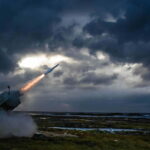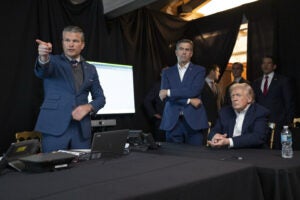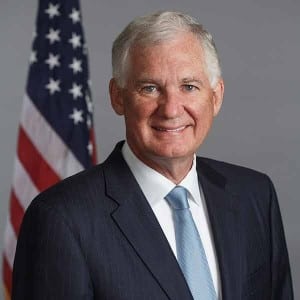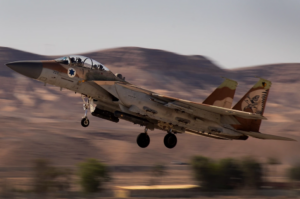
ABU DHABI – The Army officer in charge of selling U.S. weapons and platforms to allies wants to speed the process of delivering capabilities and grow the base of countries that purchase American military gear.Maj. Gen Stephen Farmen, who heads the Army’s Security Assistance Command (ASAC), said Tuesday that both the U.S. and its allies benefit from the “strategic readiness” that is achieved when the U.S. not only sells, but partners with other countries on weapon programs.Farmen was on his…

 By
By 











